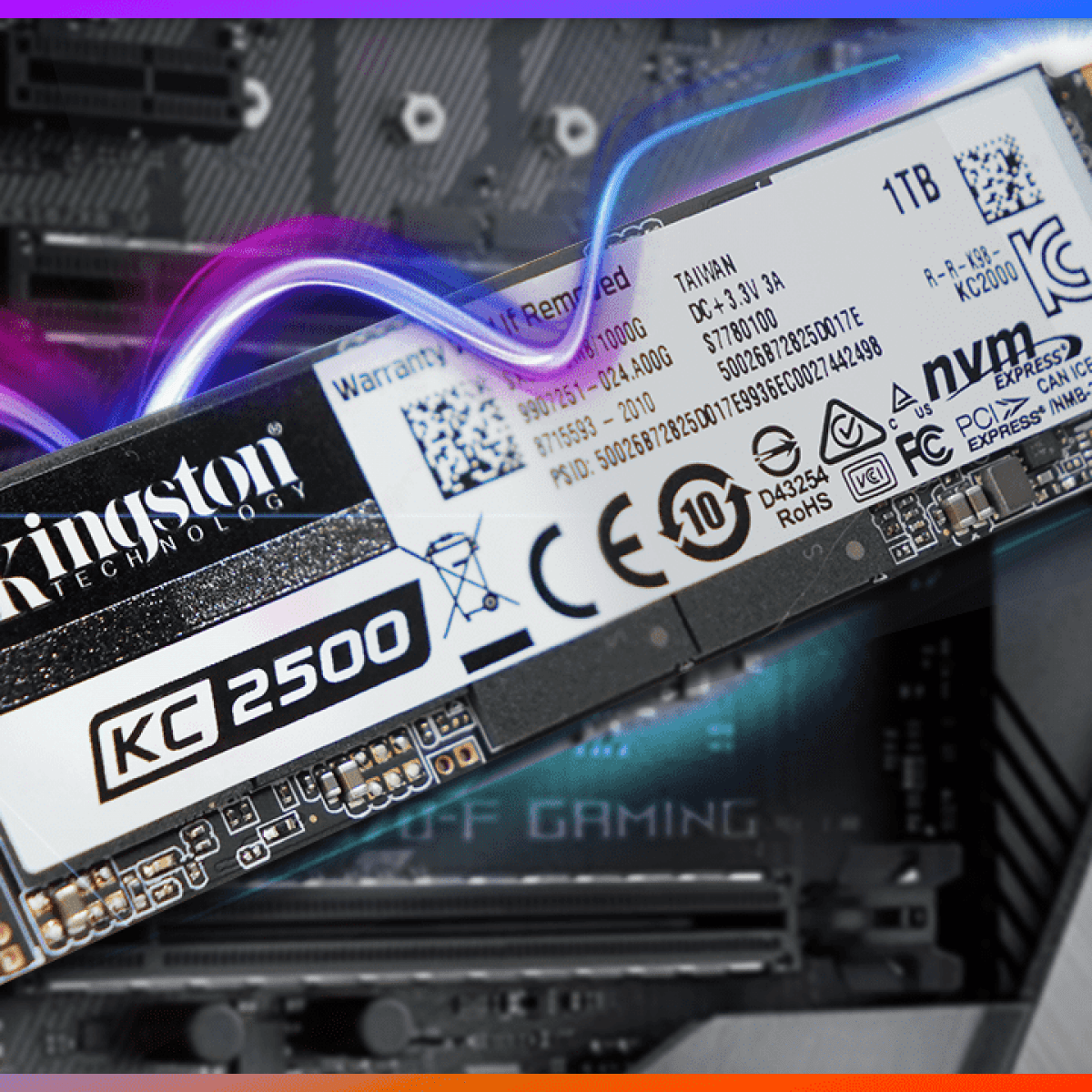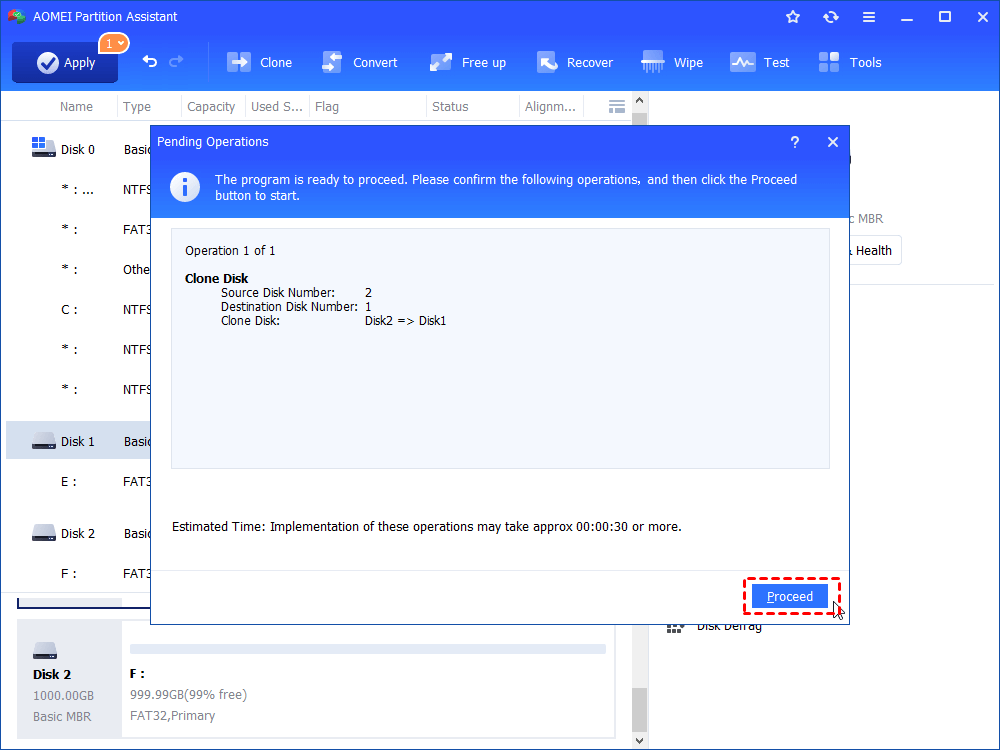
Remove the battery and hold the power button on your laptop for five seconds to discharge any residual electricity.

You’ll want to discharge potential static electricity that might have built up in your laptop battery. If you’re installing a 2.5” SSD in a laptop, discharge your battery. Discharge any residual electricity in your PC by holding down the power button for five seconds.Refer to your owner’s manual to see how to safely remove the battery. Only remove the battery if you’re installing a 2.5” SSD into a laptop. After shutting your system down completely, remove the power cable and battery.The friendy tool easyBCD was a feeware one year ago and it is not today but, only for you, I published the distribution I have obtained when it was a freeware: >EasyBCD 2.3>Here<<, you will learn how to add the entry for your Linux release in bootloader. You have now to add an entry in the EFI bootloader on the SSD to be able to select the Linux partition. BE CAUTIOUS, delete the partitions on the HDD not those on the Kingstone.ģ/ At this time, you have the Windows 10 bootable SSD and a partition with Linux. Select the Windows 10 partition on the HDD then delete it do same for the EFI partition on the HDD if there is. Boot and verify that all work fine.Ģ/ If ok, connect the HDD with the initial installed windows and Linux. Once done, enter in bios setup, goto "SETTINGS \ Boot \ Boot Option Priorities" and select your Kingston as first drive. Once installation and Windows updates finished, shtutdown, power off and reconnect all your disks.Ĭlick to expand.1/ Install windows on the Kingston following exactly what I explained in my previous post. Because there is no partition on the drive and PC was booted into UEFI mode, Windows should (re)initialize the drive as GPT then begin the installation. When all partitions are deleted, select the unallocated space and click "Next" ( not "New", only "Next"). If there is already partitions on the Kingston, select each of them then select "Delete". PC should reboot and begin Windows install.

Power on and enter in Bios Setup (keep pressed during the pc start), press, confirm, set " SETTINGS ?BOOT ?Boot Mode Select"="UEFI" and press. Plug the USB flash drive (in one USB2.0 port on the back panel) or insert the CD/DVD with the downloaded Windows 10 installer. Unplug all disks except the Kingston where you want to install Windows (to be certain that all required partitions will be created on it). Download the last release (1803) of Windows 10:

To cleanly install Windows 10 on your Kingston:


 0 kommentar(er)
0 kommentar(er)
